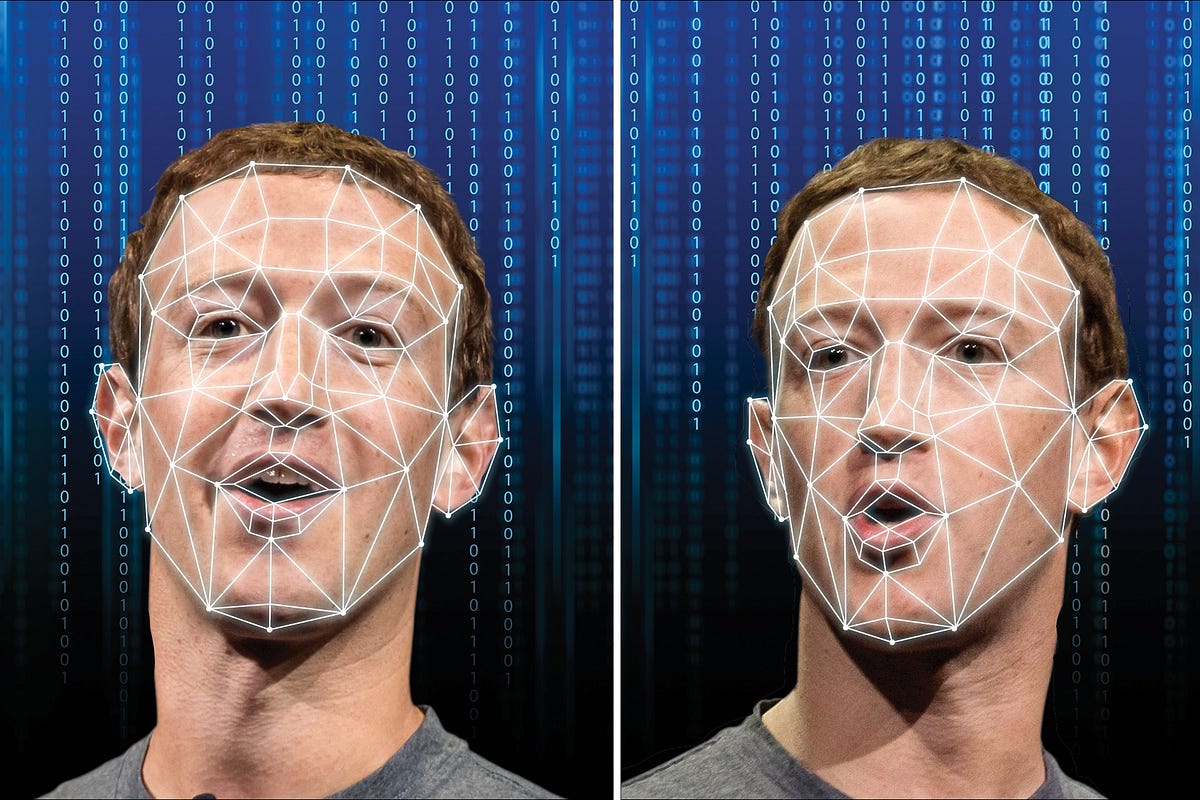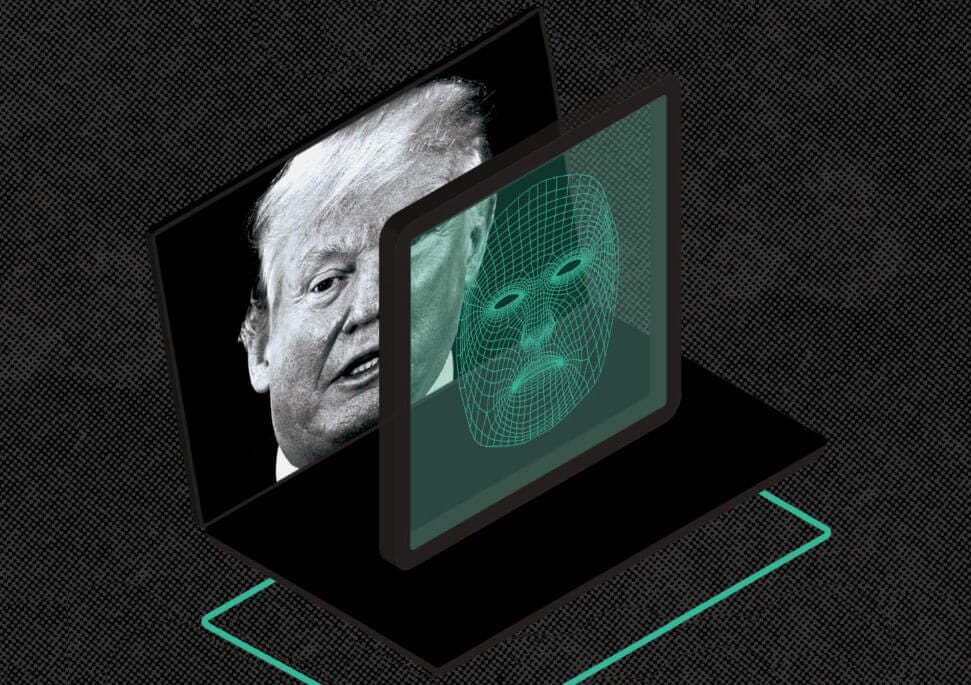Haarp Technology, Deepfake Technology, and their Impacts on Society
Advancements in technology have brought about many benefits and conveniences that have changed the way we live, work, and learn. From communication technology to medical technology, the world is becoming increasingly interconnected and reliant on technology. However, some technologies have also been the subject of controversy, such as the High-Frequency Active Auroral Research Program (HAARP) technology and deepfake technology. In this article, we will explore the potential implications of these technologies on our society.
HAARP Technology
The High-Frequency Active Auroral Research Program (HAARP) is a research program that was initiated by the United States government in the 1990s. It is a technology that uses high-frequency radio waves to study the Earth's upper atmosphere and ionosphere. The technology works by beaming high-frequency radio waves into the ionosphere, which creates a small area of ionization that can be used to study the characteristics of the ionosphere.
HAARP technology has been the subject of controversy, with some people claiming that it can be used for malicious purposes such as causing earthquakes or controlling the weather. One of the most significant controversies surrounding HAARP technology is the alleged connection between HAARP technology and earthquakes.
In 1999, a magnitude 7.4 earthquake struck the town of Izmit in Turkey, killing over 17,000 people and causing significant damage to the region. Following the earthquake, some conspiracy theorists claimed that HAARP technology was responsible for the earthquake. They argued that the technology was used to create a seismic disturbance in the Earth's crust, causing the earthquake. However, there is no scientific evidence to support this claim.
Moreover, the US government has clarified that the HAARP program has not been used for any nefarious purposes, and there is no evidence to support the claims that HAARP technology can be used to cause earthquakes or control the weather. The HAARP program was shut down in 2014 due to budget cuts.
Deepfake Technology
Deepfake technology is a type of artificial intelligence that is used to create realistic videos or images of people that do not exist or have been altered. Deepfake technology can be used to create fake news, spread propaganda, or manipulate public opinion. The technology has been the subject of concern among policymakers and technology experts.
One of the most significant impacts of deepfake technology has been on the education sector. With the COVID-19 pandemic, the world witnessed a rapid shift towards online education. As a result, the use of technology in education has increased significantly. However, this has also led to concerns about the authenticity of online classes and the potential for deepfake technology to be used to create fake educational content.
To combat the negative impacts of deepfake technology, several universities and educational institutions are now using new technology such as blockchain to secure their educational content. Blockchain is a technology that allows for the creation of a decentralized and secure ledger of information, which can be used to authenticate educational content and prevent its manipulation.
Impacts on Society
HAARP technology and deepfake technology are just two examples of how technology can have both positive and negative impacts on society. While HAARP technology has the potential to provide valuable insights into the Earth's atmosphere, it has also been the subject of controversy and conspiracy theories. Deepfake technology has the potential to revolutionize the entertainment industry and create new possibilities for storytelling. However, it also has the potential to be used for malicious purposes, including the creation of fake news and propaganda.
As technology continues to evolve, it is essential to ensure that it is used in ways that benefit society as a whole. Policymakers, technology experts, and the general public must work together to ensure that emerging technologies are used in responsible and ethical ways. It is also important to ensure that the benefits of new technologies are accessible to all, and that the negative impacts are mitigated.
One potential solution to mitigate the negative impacts of emerging technologies is through education. As technology becomes increasingly integrated into our daily lives, it is essential to ensure that individuals have the necessary digital literacy skills to use technology responsibly and ethically. This includes being able to identify and critically evaluate fake news and propaganda, as well as understanding the potential risks and benefits of emerging technologies.
In conclusion, HAARP technology and deepfake technology are just two examples of how emerging technologies can have both positive and negative impacts on society. While HAARP technology has the potential to provide valuable insights into the Earth's atmosphere, it has also been the subject of controversy and conspiracy theories. Deepfake technology has the potential to revolutionize the entertainment industry and create new possibilities for storytelling. However, it also has the potential to be used for malicious purposes, including the creation of fake news and propaganda. It is essential for policymakers, technology experts, and the general public to work together to ensure that emerging technologies are used in responsible and ethical ways, and that the benefits of new technologies are accessible to all. Education and digital literacy skills are critical to achieving this goal.




